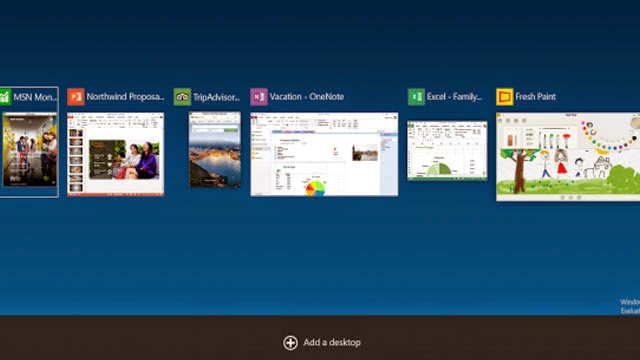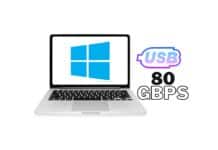Microsoft has finally unveiled the next and most promising iteration of Windows OS – Windows 10. Wait, wasn’t the last not-so-popular OS named windows 8, and so going by the leaks and nomenclature the next iteration should ideally be Windows 9? Well, Microsoft has conveniently skipped a generation and jumped on to Windows 10 instead. But, why?
According to Geek, when asked why the next iteration is called Windows 10, Joe Belfiore explained, “This product, when you see [it in its], fullness I think you’ll agree with us that it’s a more appropriate name. That fullness applies to Windows Phone, too, which will see Windows 10 as its next major upgrade. Windows 10 is built for “screens from 4 to 80 inches.”
Terry Myerson, Executive VP of Microsoft’s Operating Systems Group told Techradar that “Windows 9 name wouldn’t be right given the new One Microsoft internal strategy. Hence the move to Windows 10.”
Is Microsoft trying to distance itself from Windows 8 by naming the next iteration Windows 10, at least some believe so. The Geek report further adds, ” Microsoft is trying to signal a move in a new direction. That direction is away from products that people fund unintuitive and sometimes infuriating to use, like a touch-first interface on a non-touch computer. Instead, Microsoft is heading towards things that are familiar and make sense on the type of computer you’re using (like an OS that intelligently adapts its interface to your computer’s current configuration), and just work.”
There are also jokes about how Microsoft’s nomenclature could affect the performance of the OS. Microsoft’s OSes follow a good-bad trend. So, if Windows XP was a huge hit, Windows Vista was a flop, then Windows 7 was great and Windows 8 was disliked by many.
Microsoft has started distributing the Technical Preview of the OS starting today via its Windows Insider Program. However, it is slated to release mid-2015. It is touted to be the next Windows XP-killer and marks the return of some of the features that Windows 8. Take a look at the 10 interesting features of Windows 10.













